Connexin Extends LoRaWAN Wireless Network to Southend-on-Sea

Fixed wireless and UK broadband provider Connexin, which is backed by PATRIZIA and is in the process of being acquired by CityFibre (here), has today signed a new agreement with Southend-on-Sea city council to install their Long Range Wide Area Network (LoRaWAN) wireless network on existing infrastructure across the city. This will support smart water meters, without the need for new poles.
Fixed wireless LoRa networks harness only a small slice of lower frequency radio spectrum (usually in one of the sub-1GHz bands like 868MHz or 915MHz) in order to support relatively slow, but extremely low power, data connections. Such networks tend to run at sub-Megabit speeds (often under 0.05Mbps, but some variants can handle several Megabits), which makes them ideal for linking Internet of Things (IoT) style sensors.
Under the latest agreement, Connexin will install wireless gateways on existing streetlights, where possible, across Suffolk and Essex. This should minimise the need for new poles and avoid unnecessary construction. By working with the Council to access existing infrastructure, disruption to residents will be reduced and a smoother, more efficient rollout of the new network is expected.
Advertisement
The new LoRaWAN network will support the transfer of data from up to 700,000 smart water meters being installed across Essex & Suffolk by 2035. These meters will send data from households across the region to Essex & Suffolk Water, enabling the water company to remotely monitor usage in near-real time, detect leaks early, and respond quickly.
Dan Preece, Vice President of Water & Utilities at Connexin, said:
“This agreement with Southend-on-Sea City Council is a fantastic example of how collaboration can drive innovation. Wherever possible, we want to partner with local authorities in this way. By utilising existing infrastructure, we can minimise construction and reduce disruption to the environment. This not only supports better water management but also lays the groundwork for smarter cities, making the region more sustainable and better connected.”
Cllr Daniel Cowan, Leader of Southend-on-Sea City Council, said:
“This is a smart, resident-first solution. By using the infrastructure we already have, like streetlights, we’ve avoided our streets being cluttered with lots of new masts [poles]. This digital network allows us a faster, smarter, and more cost-effective way with potential to do more to improve our services in the region.”
In addition to operational benefits for the water utility company, residents will gain greater visibility and control over their water usage. A free app provided by Essex & Suffolk Water allows customers to check their smart water meter readings on an hourly, daily, weekly, or monthly basis. On average, households with smart meters reduce consumption up to 20%, helping to reduce bills and environmental impact.
Mark is a professional technology writer, IT consultant and computer engineer from Dorset (England), he also founded ISPreview in 1999 and enjoys analysing the latest telecoms and broadband developments. Find me on X (Twitter), Mastodon, Facebook, BlueSky, Threads.net and Linkedin.
« CityFibre Survey Claims 8 Percent of UK Farms Still Have No Broadband






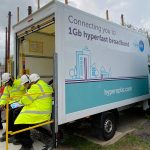

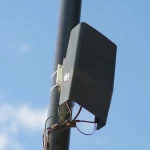


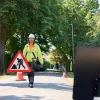

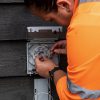

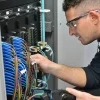






































Is it cheaper to do this than using a mobile network like already happens with other types of meters?
Yes it is, both the network is cheaper to deploy and run and the modules in things like water meters are cheaper. But crucially, LoRaWAN use less power than cellular technologies as NBIoT which means longer battery life. And this is critical when you have 100’s of 1000’s devices as you a mass battery change is expensive.
Massively, as the data rate is incredibly low. But it depends on the what the owner of the LoRaWAN provider charges.
I don’t understand why we’re building our new LoRa infrastructure though. There’s already an existing network, Helium, that covers the vast majority of that region https://world.helium.com/en/iot/hotspots which could onboard these meters in a matter of days…
Exactly this, I got into helium mining a few years back and although a lot of people have turned their devices off now the coverage and network still exists
Sense at last using existing infrastructure rather installing huge telegraph poles to house LORaWAN equipment